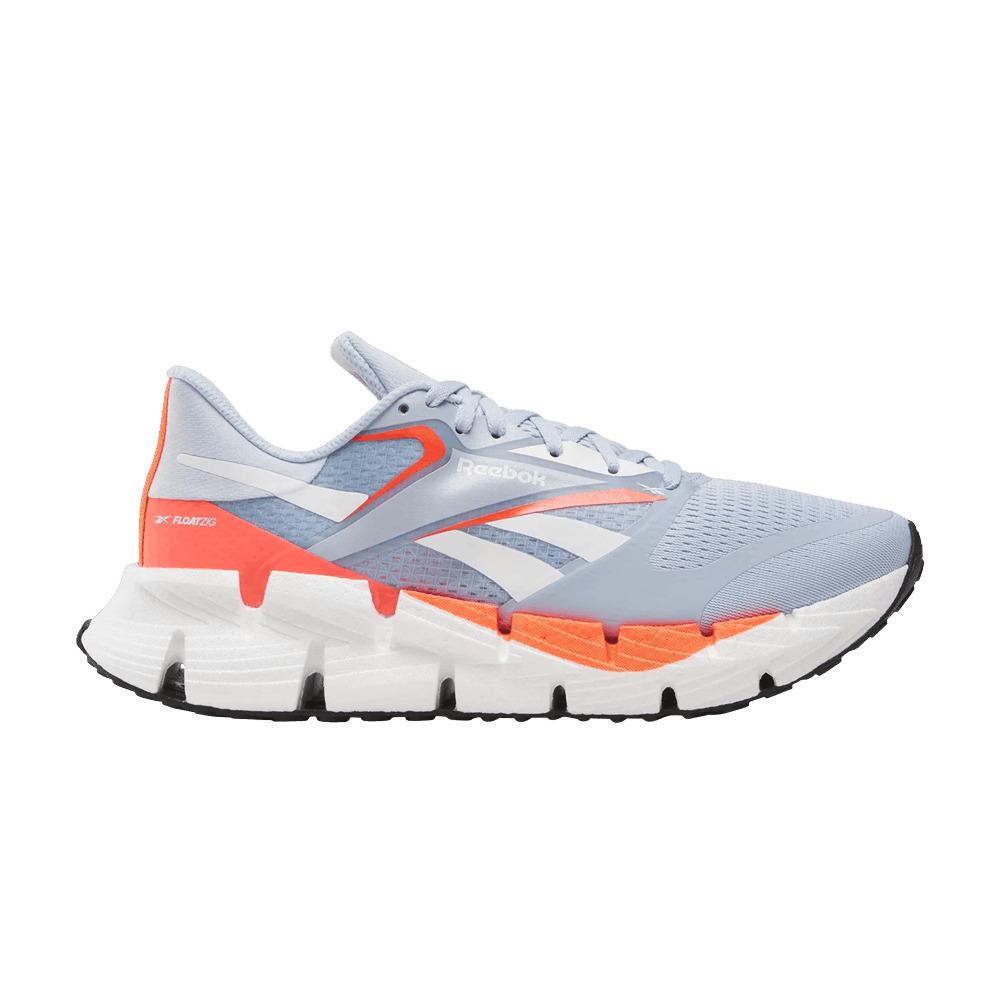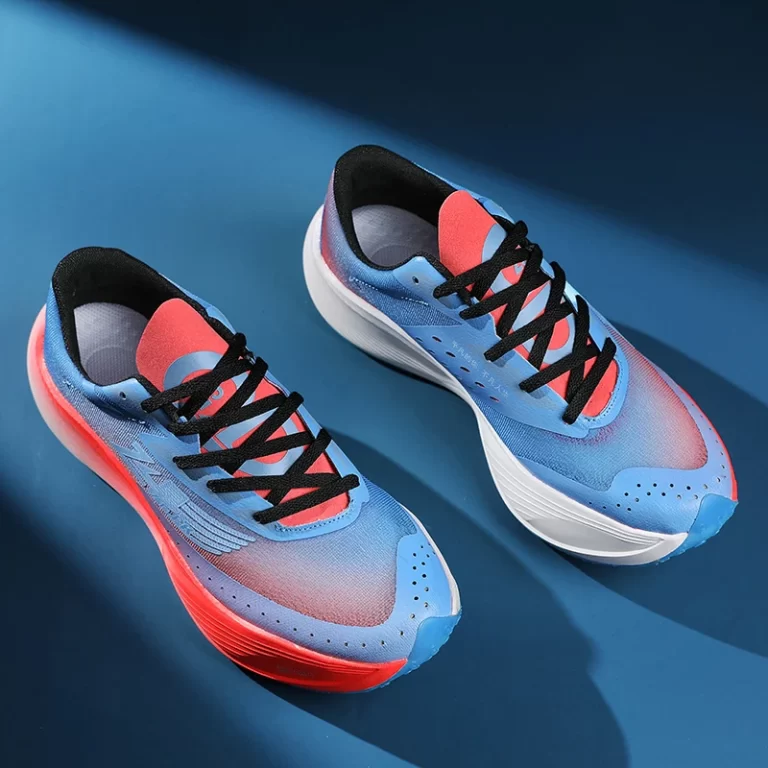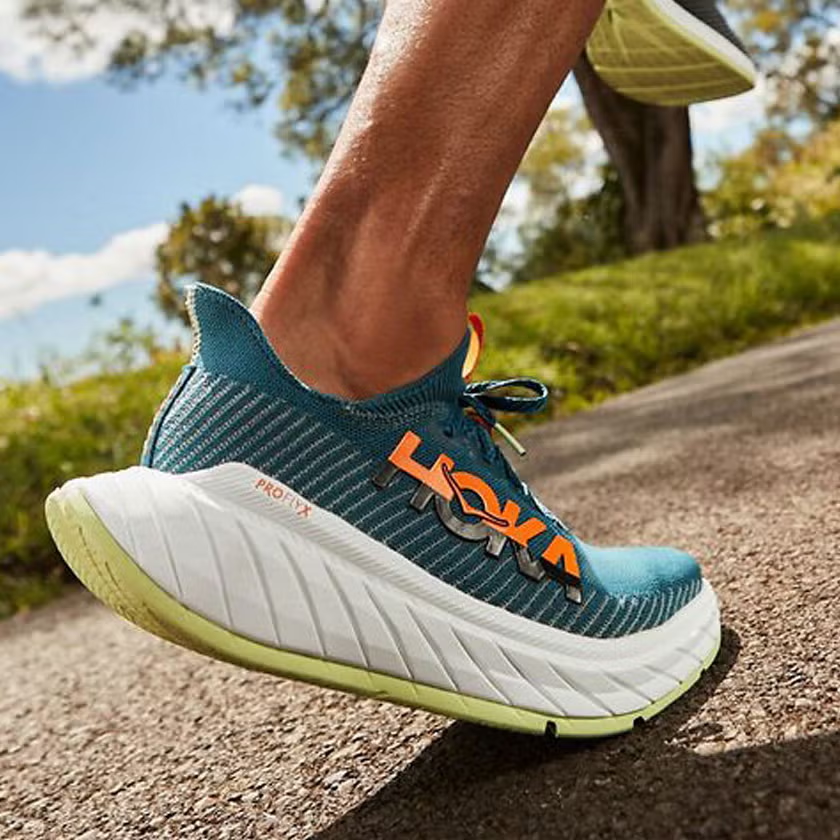
Fitting Your Feet: How to Size Running Shoes?
The Importance of Proper Running Shoe Sizing
Finding the right running shoe size is crucial for comfort and performance. A good fit can prevent blisters, toe numbness, and other foot issues. When you know how to size running shoes correctly, you reduce the risk of injury. Properly sized shoes support and protect your feet during runs.
Running in wrong-sized shoes can lead to foot pain. It can affect your running form and overall experience. Ill-fitting shoes may result in conditions like black toenails or plantar fasciitis. Correct shoe sizing also maximizes the value of your footwear. You’ll enjoy more miles of comfortable running without needing to replace ill-fitting shoes too soon.
Remember, shoe sizes can vary between brands and models. What fits well in one brand may not in another. Always measure your feet and consult sizing charts specific to the brand you’re considering. Also, account for potential foot swelling during long runs. For these reasons, knowing how to size running shoes is a key part of your running gear strategy.
Measuring Your Foot for the Right Fit
When you learn how to size running shoes, measuring your foot is the first step. Here’s how to do it right:
- Measure in the Evening: Your feet swell throughout the day. Measure them in the evening for the best fit.
- Stand Up: While measuring, stand up. It helps spread your feet as they would while running.
- Use a Brannock Device: This tool gives precise foot measurements. Find it at most shoe stores.
- Trace Your Foot: Place a sheet of paper on the floor against a wall. Stand on it with your heel touching the wall. Trace the outline of your foot. Then, measure the length and width.
- Measure Both Feet: One foot is often slightly larger. Use the measurements of the larger foot to choose your running shoes.
- Consider Insoles: If you use insoles or custom orthotics, measure with them in place.
Getting the length and width right is vital, but remember the fit can differ by brand. Always compare your measurements to the brand-specific sizing chart for accuracy. Take your time to measure and re-measure. Accurate measurements lead to a running shoe that fits and performs better.

Understanding Running Shoe Size Charts
After measuring your feet, it’s time to consult size charts. Running shoe size charts are crucial tools. They translate your measurements into the correct shoe size. Note that charts can differ from brand to brand. Always use the specific chart provided by the shoe manufacturer. Also, look for size guides that account for both length and width. This ensures a more precise fit.
Size charts often list shoe sizes in different units. Check for US, UK, or European sizes. Then, match your measurements to the respective size. Consider the chart as a base point for fitting. Remember, they’re not foolproof. Personal comfort and fit preferences play a role too. If in doubt, visiting a store for a fitting is a solid choice.
Size charts might also include categorization by gender. Men’s and women’s sizing can vary significantly. Pay attention to this detail when selecting your running shoes. A proper understanding of size charts aids in finding the best fit for your feet. This helps avoid discomfort and improves your running experience.
When using a size chart, check if any additional sizing tips are available. Brands may offer recommendations, like rounding up for half sizes. Or they may provide advice for those with wide or narrow feet. Take these suggestions into account. They can make a big difference in comfort.
In summary, size charts are your guidepost after measuring. They help you find the shoe size that’s right for you. Compare your measurements, consider the brand-specific details, and don’t forget to account for personal comfort. With these steps, you’ll be on your way to a shoe that fits well and supports your running adventures.
The Role of Width in Running Shoe Sizing
Choosing the right width in running shoes is as vital as the correct length. Shoes that are too narrow can squeeze the foot, leading to discomfort. Overly wide shoes can cause your feet to slide around, which upsets your balance and form when running. Here are key points to consider about shoe width sizing:
- Know Your Foot Width: Shoes are not only about length. They also come in various widths. Besides the standard width, there are narrow, wide, and extra-wide options.
- Width Designations: Manufacturers mark shoe width with letters. For example, ‘B’ for women and ‘D’ for men generally represent standard width. ‘A’ is narrower; ‘E’ is wider. The more letters, the more extreme the width, like ‘AAAA’ for very narrow and ‘EEEE’ for very wide.
- Check for Slippage: Make sure there is no side-to-side movement within the shoe. This could mean the shoes are too wide.
- Foot Security: Your feet should feel secure, not constrained. You should not have to over-tighten the laces due to a shoe being too wide.
- Identify Hot Spots: When trying on, walk around. Identify any areas where the shoe may rub. If the width is not right, you will feel it. Proper width avoids hot spots or blisters.
- Remember Swelling: Feet may swell during runs. Account for this when choosing width. Always try on shoes later in the day when feet are likely to be at their largest.
Choosing the right width is crucial for how to size running shoes. It can prevent injuries, maintain your running form, and enhance overall comfort while you run. Pay attention to both width and size when assessing your running shoe fit. Doing so will ensure you get the most out of every step you take on your running journey.

Assessing the Shape and Arch of Your Foot
Knowing your foot’s shape and arch type is a key step in learning how to size running shoes. The arch of your foot can greatly influence the fit and comfort of the shoe. Here are important pointers to assess your foot’s shape and arch:
- Identify Your Arch Type: Arch types typically fall into three categories: high, medium, or flat. Use the wet test—wet your foot, step on a paper, and check the imprint. A full imprint often means a low arch, a partial imprint suggests a medium arch, while a narrow imprint indicates a high arch.
- Look at Your Foot Shape: Assess the overall shape of your foot. Feet can be long and narrow, short and wide, or somewhere in between. Compare this shape to the shoe design.
- Consider Your Gait: How you run affects shoe choice. Different arch types can lead to overpronation or underpronation. Shoes are designed to correct these issues.
- Arch Support is Essential: Once you know your arch type, look for shoes that provide suitable support. High arches need more cushioning, while low arches require more support.
- Use the Right Tools: Many running stores offer gait analysis. This can help you understand your arch and gait. They recommend shoes based on your foot type.
- Remember Change is Possible: Your arch and foot shape can change over time. Re-assess your arch regularly, especially if you experience discomfort.
Understanding your foot’s arch and shape is essential for a good fit. Shoes that match your arch type help prevent injuries and keep you comfortable during runs. Pick shoes that cater to your specific needs for a better running experience.
Tips for Trying on Running Shoes
Trying on running shoes is more than just finding a style you like. Here are some practical tips to ensure the best fit:
- Shop in the Afternoon or Evening: Feet can swell during the day, especially after you run or walk a lot. Shop for shoes when your feet are their largest.
- Wear Running Socks: Bring the socks you usually wear when running. This helps you feel the true fit of the shoe.
- Take a Test Run: Many stores have space for this. Run or walk a bit in the shoes. Notice any discomfort or slipping.
- Feel for Space at the Toe-Box: Your toes need room to move. You should have about a thumb’s width of space between your longest toe and the shoe end.
- Check for Heel Fit: Your heel should fit snugly. It shouldn’t slip or move as you walk or run.
- Lace Them Up Properly: Use the lace-locking technique if available. This prevents your foot from moving forward in the shoe.
- Listen to Your Feet: Above all, trust how your feet feel in the shoes. They should feel comfortable right away.
By following these tips on how to size running shoes when trying them on, you help ensure you get the most comfortable fit for your runs.

Adjusting for Sock Thickness and Orthotics
When sizing running shoes, consider sock thickness and orthotics. They can change how a shoe fits. Use these steps:
- Select Running Socks: Pick socks you’ll wear while running. They should be the right thickness.
- Test with Orthotics: If you use them, place orthotics in the shoes before trying on.
- Allow for Extra Space: Thick socks or orthotics need more room. Ensure shoes can accommodate.
- Check for Snugness: Shoes should still fit snugly but not too tight with socks and orthotics.
- Re-evaluate Shoe Size: With socks and orthotics, your shoe size might be different. Consider going up a half size.
- Feel for Pressure Points: Walk around. There should be no pressure from the socks or orthotics on your foot.
By accounting for sock thickness and orthotics when learning how to size running shoes, you’ll enhance comfort and performance. Remember, these elements are as important as the shoe itself.
When to Size Up: Signs You Need a Bigger Shoe
Choosing the right shoe size is not always straightforward. Sometimes, the signs that you need to size up in running shoes are subtle, but important to heed. Here are key indicators that it might be time for a bigger shoe:
- Toes Touching the Front: Your toes should not touch the front of the shoe. If they do, it’s a clear sign you need more space.
- Blisters on Toes or Heels: Recurring blisters in these areas suggest your shoes are too small.
- Shoe Feels Tight All Over: If the shoe feels constricting around your whole foot, consider sizing up.
- Foot Has Grown: Feet can grow with age or changes in weight. Re-measure your feet often.
- Marks on Your Feet: If you have marks on your feet after a run, your shoes might be too small.
- Cutting Off Circulation: Shoes that are too small can impede circulation, leading to numbness.
- Difficulty Lacing Shoes: Struggling to lace your shoes comfortably might mean you need a bigger size.
- Increased Running Volume: As your running distance increases, your feet might swell more. Bigger shoes can help.
Always trust your comfort above all else. If your shoes don’t feel right after making all necessary adjustments, it’s likely time to size up. Remember, running shoes that fit well are essential for effective and enjoyable running.

